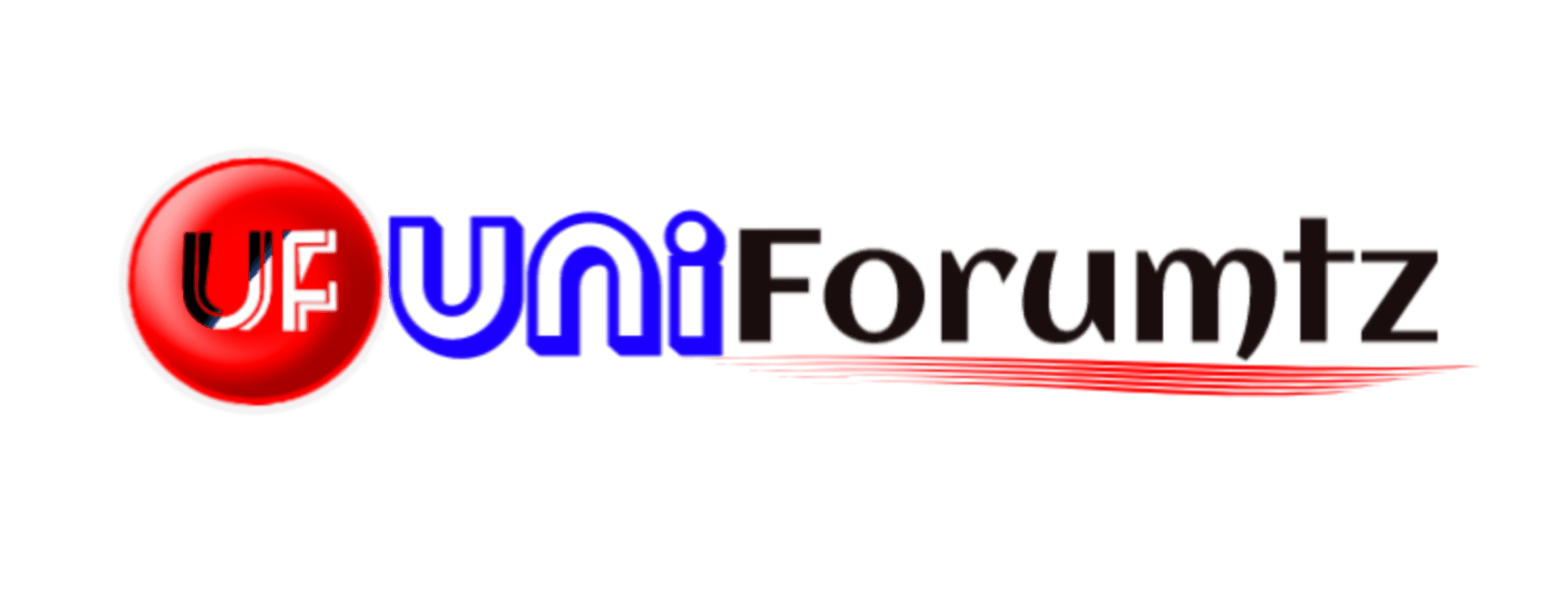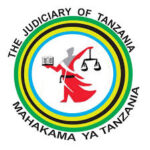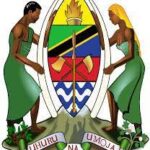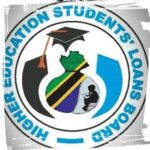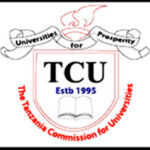Secondary Education Quality Improvement Program (SEQUIP)
(SEQUIP)Introduction to Secondary Education Quality Improvement Program (SEQUIP). The Ministry of Education, Science and Technology (MoEST) and President’s Office –Regional Administration Local Government (PO-RALG) in collaboration with the World Bank is preparing a five years program (2020/2021 – 2024/2025) for secondary education improvement, “Secondary Education Quality Improvement Program (SEQUIP). This program will provide financial support to increase access to secondary education across the country and in its 184 Councils.
The Program’s objective is to increase access to secondary education, provide responsive learning environments for girls and improve completion of quality secondary education for girls and boys. The project interventions will (i) create a safe, gender sensitive and learner-friendly school environment, (ii) provide good quality alternative education opportunities for secondary school drop-outs including young mothers; (iii) improve the quality of secondary education by improving teacher skills, reducing class sizes and providing adequate teaching and learning materials; (iv) use innovative digital technology to improve mathematics and science teaching and; (v) increase access to secondary education by providing more schools closer to the homes of children. Over the project’s lifetime, 6.5 million children (3.1 million girls) will benefit from project interventions and an additional 900,000 children are expected to successfully complete their secondary education.
The implementing Government Agencies are Ministry of Education, Science and Technology (MoEST) and the President’s Office – Regional Administration and Local Government (PO-RALG). Both Ministries are responsible for implementation of school-level education activities through the Local Government Authority (LGA). One of the key components to be implemented through SEQUIP is facilitating access to secondary schools and bringing schools closer to communities. The project plans to support construction of 1000 new schools and rehabilitation of additional facilities at existing secondary schools. A need and evidence-based approach will be used in identification and selecting locations and schools that will benefit.
Figure 1. Project Approach on Supporting Girls’ Secondary Education

The Implementing Government Agencies (MoEST and PO-RALG), have prepared five Environmental and Social Safeguard instruments which will guide implementation of SEQUIP, in alignment with the World Bank Environmental and Social Frameworks. The instruments include: –
- Environmental and Social Commitment Plan: Sets out the material measures and actions required to meet the ESF and national regulations.
- Environmental and Social Management Framework: Defines the principles for assessment and management of environmental and social impacts associated with all activities under SEQUIP, to meet the requirements of national legislation and the WB Environmental and Social Framework (ESF).
- Resettlement Framework: Clarifies the approach to land acquisition including voluntary land donation to be applied in the project.
- Vulnerable Groups Planning Framework: Outlines the process and principles that the Project will apply when activities are undertaken in locations where vulnerable groups are identified.
- Stakeholder Engagement Plan: Describes the timing and methods of engagement with all stakeholders throughout the ?life cycle of the project as well as the approaches to Grievance Redress Mechanism.
The five instruments identify how risks will be mitigated and prevented, during project implementation. The instruments are accessible in the website of MoEST (http://moe.go.tz/sw/?option=com_jdownloads&view=category&catid=59), PO RALG (www.tamisemi.go.tz/miongozo-mazingira-mradi-wa-sequip) and World Bank (https://projects.worldbank.org/en/projects-operations/document-detail/P170480).
Grievance Redress Mechanism (GRM) provide opportunity for affected groups or stakeholders to raise issues or concerns with the objective of solving disputes at the earliest possible time. The Project will apply three mechanisms for stakeholders to be able to submit grievances, complaints and queries about the project as follows:
- School Construction GRM: It will be administered by the Schools Construction Committee and the Village Council and will address grievances associated with the construction of new schools and rehabilitation of existing schools,including grievances related to land and contractor’s grievances.
- Operational Schools GRM: This will be administered by the school guidance counsellors in schools and it will be established as part of the safe school’s program.
- General GRM: MoEST and PO-RALG each operate GRM for any issues that people may have. It can be utilised to raise issues directly to the ministry on the various components of the Project. Complaints can be submitted by email address [email protected] or [email protected] or phone number +255262321234, +255262160210.
On the other hand, World Bank Grievance Redress Service (GRS) is an avenue for people and communities to submit complaints directly to the World Bank if they believe a Bank-funded project has or is likely to adversely affect them. Details of the service and how to submit a complaint are available at: https://projects.worldbank.org/en/projects-operations/products-and-services/grievance-redress-
